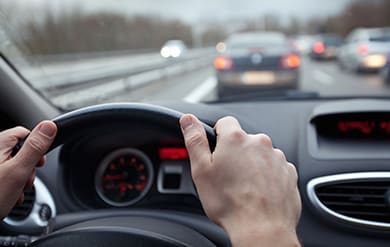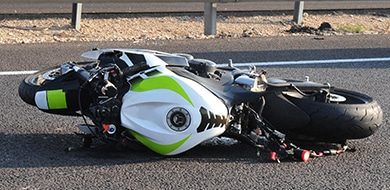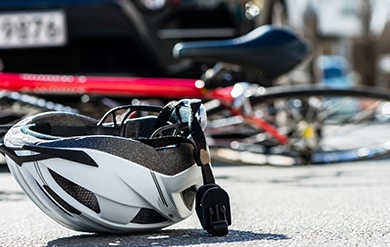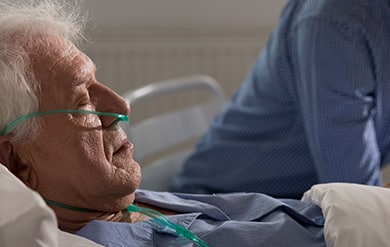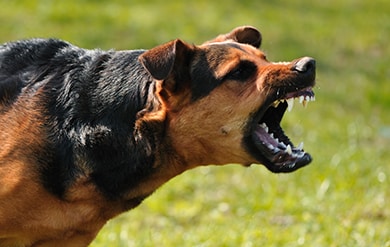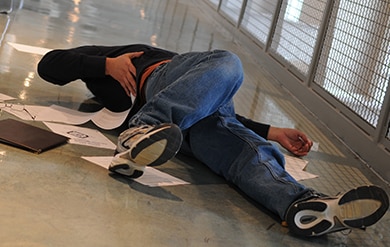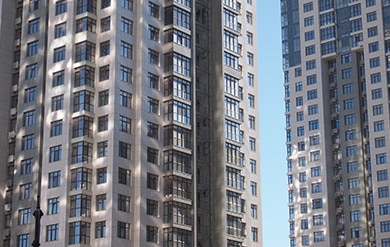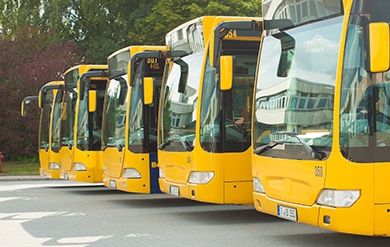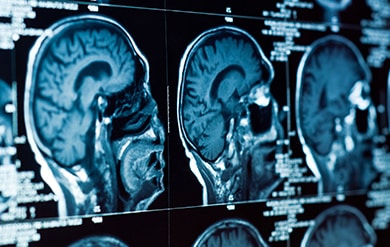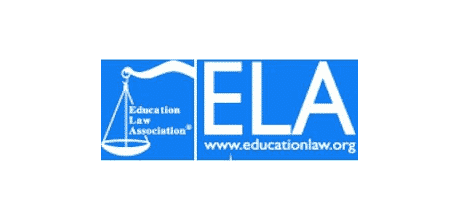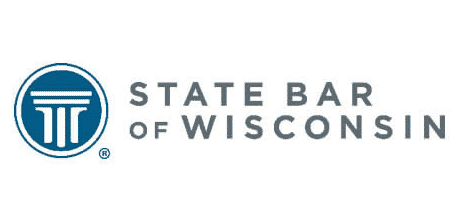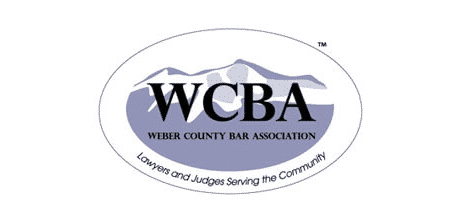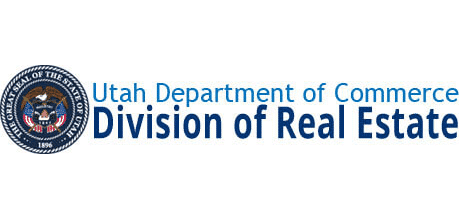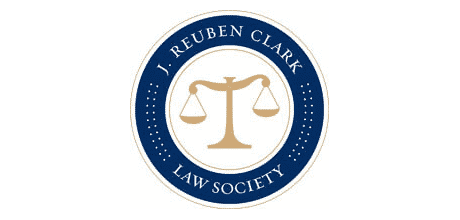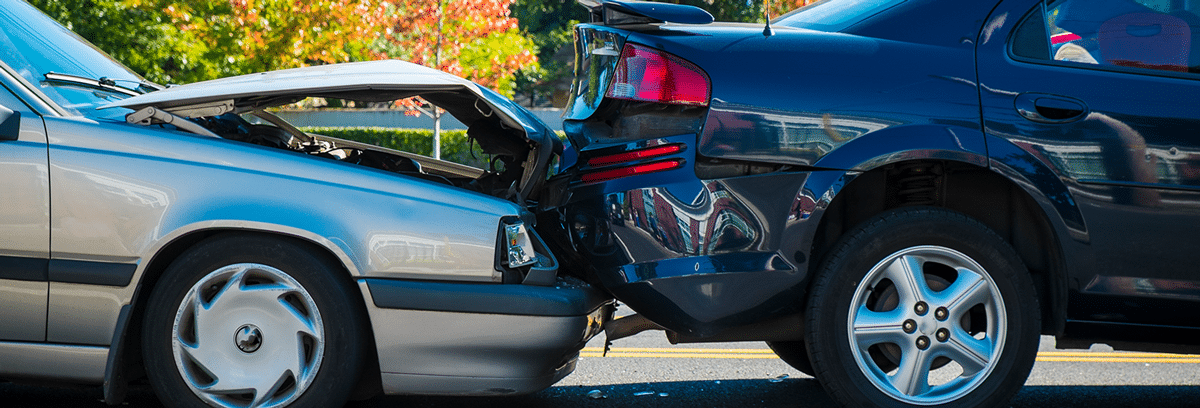
Schedule a Consult
Schedule Your Free Case Evaluation
Click on the button to schedule a free case evaluation with a personal injury attorney.
Personal Injury Attorneys
Navigating an auto accident case on your own can be very difficult and stressful. There can be a lot of difficulties, especially when you have never dealt with a personal injury before. We have several years of experience working a variety of auto accident injuries, and are dedicated to negotiating a fair settlement for all of our clients. At LeBaron & Jensen, we give you an opportunity to receive fair compensation for your losses.
Personal Injury Services
-
Auto Accidents
-
Truck Accidents
-
Motorcycle Accidents
-
Bicycle Accidents
-
Wrongful Deaths
-
Dog Bites
-
Slip & Falls
-
Personal Injury
-
Bus Accidents
-
Pedestrian Accidents
-
Aviation Accidents
-
Brain Injuries
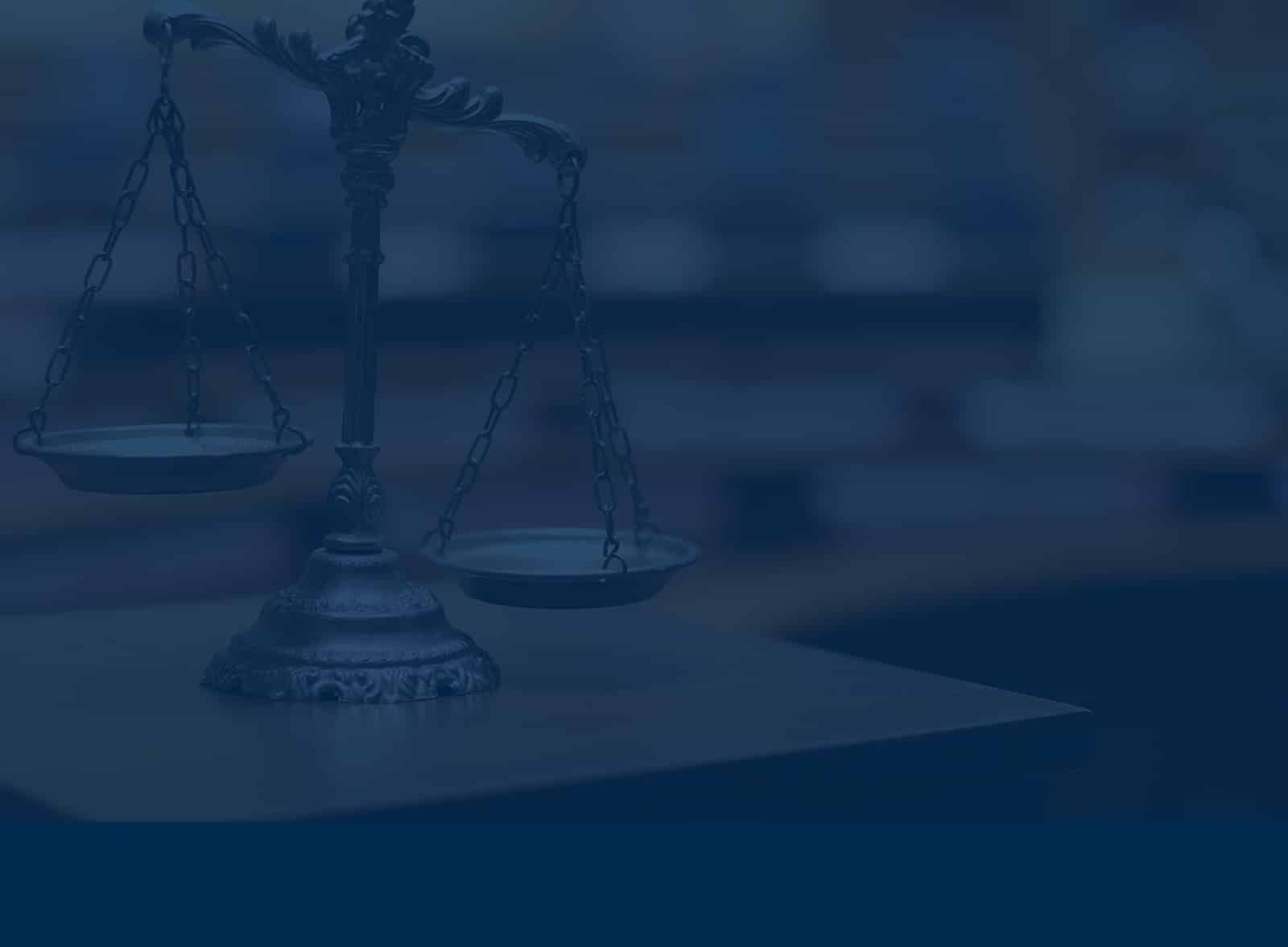
Why Choose Us As Your Personal Injury Attorney
The attorneys at LeBaron & Jensen, P.C. practice law with integrity. You can trust us to pursue your case in a way that will provide you with the best outcome. Having legal expertise is an important factor when it comes to selecting the right law firm, but it pays to hire a firm with attorneys and lawyers that know how to apply their knowledge for each case. We emphasize developing long-term relationships with clients and maintaining trust and integrity. Providing individual attention allows us to fully understand how to best meet each client’s needs. Whether a corporation or individual, LeBaron & Jensen, P.C., offers local, quality legal services you can count on. Call today to schedule an initial consultation!
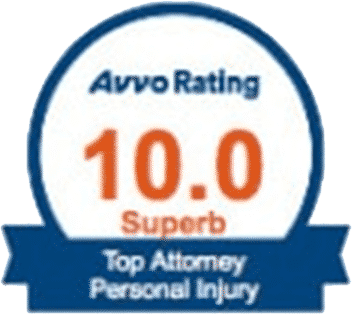
-
How Much Does It Cost to Hire a Personal Injury Attorney?
We, like most personal injury firms, charge one third of the total settlement amount. While many personal injury firms look to increase their fee percentage – typically to 40% or 50% – if a case goes to litigation, mediation, or arbitration, our fee will remain the same. At LeBaron & Jensen, we understand the financial constraints personal injury claimants face and that’s why:
- We operate on a contingency fee basis, so we don’t get paid unless you do
- We offer a FREE, no-obligation case evaluation for all personal injury cases
-
Do I Need a Personal Injury Attorney?
Many personal injury claimants assume they can obtain a fair settlement on their own. Meanwhile, insurance companies have substantial legal teams dedicated to protecting their interests in court and providing the least financial compensation possible to claimants. Insurance industry studies show that claimants with legal representation will get 3.5 times more than those who do not, which means we pay for ourselves. This allows you to focus on recovery, rather than worrying about navigating the insurance maze on your own. The attorneys at LeBaron and Jensen will put your interests first to maximize your settlement and can often do so entirely outside of court. On top of that, we operate on a contingency fee basis, meaning we don’t get paid unless you do, so there’s no reason to risk going it alone.
-
What Does a Person
The personal injury attorneys at LeBaron & Jensen are here to help you obtain the compensation and justice you deserve. A personal injury attorney will evaluate your potential claim, gather evidence, negotiate with insurance companies, and, if necessary, file a complaint and fight in court on your behalf to ensure you receive a fair settlement.
-
How Long Will It Take to Settle My Case?
The first question to cross most claimants’ minds as they consider hiring a personal injury attorney is often how long it will be before they can put their accident behind them. Unfortunately, there’s no single, accurate answer that can apply to all cases. Our experience has shown that personal injury cases can typically be settled outside of court within three to eight months after medical treatment has been completed when other factors don’t interfere. These factors typically include:
- Medical Care – The severity of your injuries will be a key determining factor in the value of your claim and, consequently, the amount of time negotiations may take. Insurance providers will typically wait to settle a claim until treatment is complete.
- Insurance Providers – Every insurance company is different and will never treat anyone case exactly the same as another. Which insurance providers are involved with any given case will affect how quickly cases can be negotiated, settled, and closed.
- Civil Suits – Some cases may require the involvement of the courts if a fair settlement cannot be reached otherwise. If your case must be litigated, reaching a settlement could take as long as four years.
- External Involvement – It may be necessary for your legal team to contact and interview witnesses and/or hire consultants, such as accident re-constructionists, to obtain the evidence for a fair settlement.
-
What If I Receive a Settlement Offer From an Insurance Provider?
A claimant may receive a settlement offer from an insurance provider without the involvement of an attorney, but these offers are best thought of as “baselines,” that an experienced personal injury attorney can build off of. If you receive a settlement offer from an insurance provider, the best course of action is to contact our office to schedule a FREE, no-obligation case evaluation. Our legal team will review your case and determine any excess entitlements you may have beyond this initial offer.
-
What Do I Do If an Insurance Adjuster Contacts Me About My Claim?
An adjuster’s job is to move your claim through their company’s workflow as quickly as possible, if they can do so inexpensively. If a case cannot by settled inexpensively, an adjuster will typically drag your case out in accordance with the three Ds of insurance: Delay, Deny, Defend. If you receive a call from an insurance adjuster, avoid giving any detailed statements about your condition and do not admit any fault in your accident, as they may use these statements to discount or deny your claim. Should you hear from insurance adjusters regarding your claim, the best course of action is to retain an experienced personal injury attorney to correspond and negotiate with these insurance representatives on your behalf to ensure that you receive every dollar you deserve in your settlement.
-
Will My Case Have to Go to Trial?
We understand the stress it can cause a claimant to litigate a case for fair compensation. Thankfully, only 1% of personal injury cases are ever taken to court. Our team seeks to minimize your stress to the greatest extent possible, while also ensuring that you are prepared for any eventuality. As such, the personal injury attorneys at LeBaron & Jensen process every case as if it will go to trial, though we are able to settle most cases outside of court with aggressive negotiation.
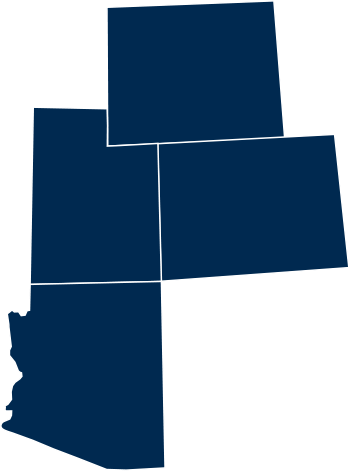


Should You Perform CPR Or…
Here is what you need to know about the factors involved with administering CPR while waiting for the ambulance.…

Ice Skating Accidents: Liability Challenges…
If you’re injured while ice skating, you may wonder who is liable and what the duty of care is. Liability and negligence can be challenging to navigate, so it’s important to consult with a personal injury attorney if you think you have a case on your hands. That said, here are some factors that …

Bring Safety Into The New…
Here is what you need to know about personal injury risks people face on New Year’s and what you can do if you’ve been injured as a result.…

